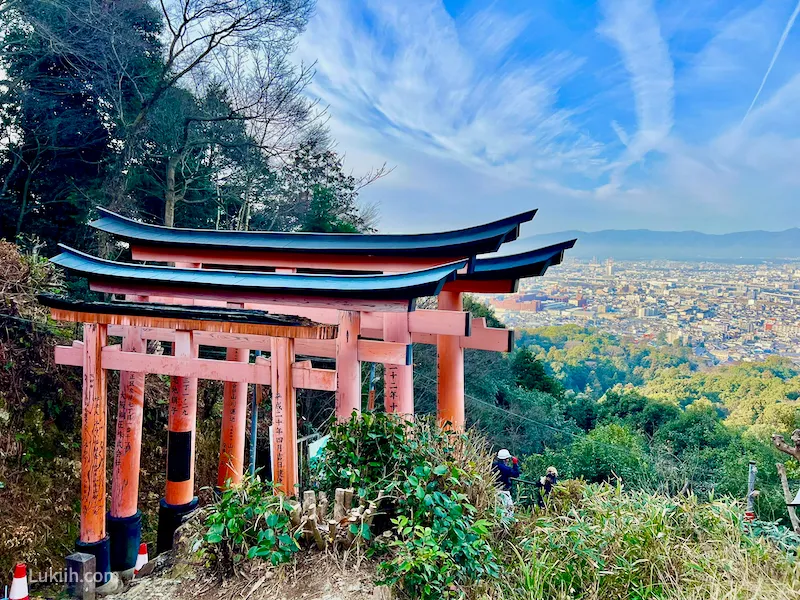Fushimi Inari Taisha is a Shinto shrine in Kyoto, famous for its thousands of bright red Torii gates lined up Mount Inari’s trails. Using a clear travel rating system, I share what visiting it is like—plus tips from my own trip.
Lists By Lukiih is readers-supported. When you buy with my affiliate link, I may earn a small commission. Thanks!
🍀 Lukiih’s Verdict
I highly recommend visiting the visually stunning Fushimi Inari Taisha when in Kyoto.
- It’s a culturally important shrine dedicated to one of Japan’s most revered deities. It also offers tranquil walks through a lush forest and is visually unique with its thousand bright red Torii gates.
- The shrine is free to visit and open to the public.
- Minimal preparation is required if you want to see it when there are fewer crowds.
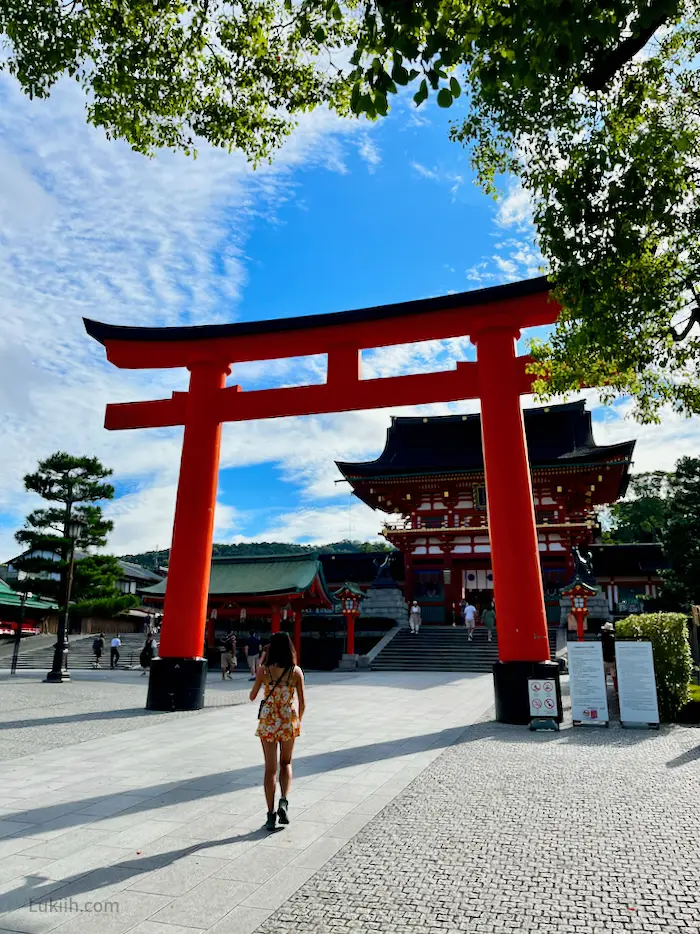
🇯🇵 Planning a Trip to Japan: 12 Practical Things To Know
🏆 Where Does It Rank?
Fushimi Inari Taisha ranks as the #3 experience I had in Japan. Here’s how it compares to other things I did on my trip:
⛩️ 10 Epic Days in Japan: A Unique & Active Itinerary
✈️ About My Trip
For context on my review, here’s what to know about my trip:
- I finance my trips and don’t receive sponsorship; this review reflects my honest opinions.
- I visited Fushimi Inari in 2023, but this post has updated 2025 information.
- My Japan trip was in September when it was less crowded and expensive.
- Visiting Fushimi Inari Taisha is a rare experience. The shrine is famous for its Torii gates, which are Japanese gateways that are uncommon outside the country.
- With around 10,000 Torii gates, the shrine has the highest number in a concentrated location worldwide. Takayama Inari Shrine has the second highest number, with a little over 200.
- Exploring it is memorable due to the endless line of visually stunning Torii gates. The shrine’s ground complex is also surprisingly massive, and there are unique fox statues everywhere that are fun to look at.
Fushimi Inari is dedicated to the Shinto god of rice, Inari. Many fox statues surround the shrine, as foxes are believed to be Inari’s messengers.
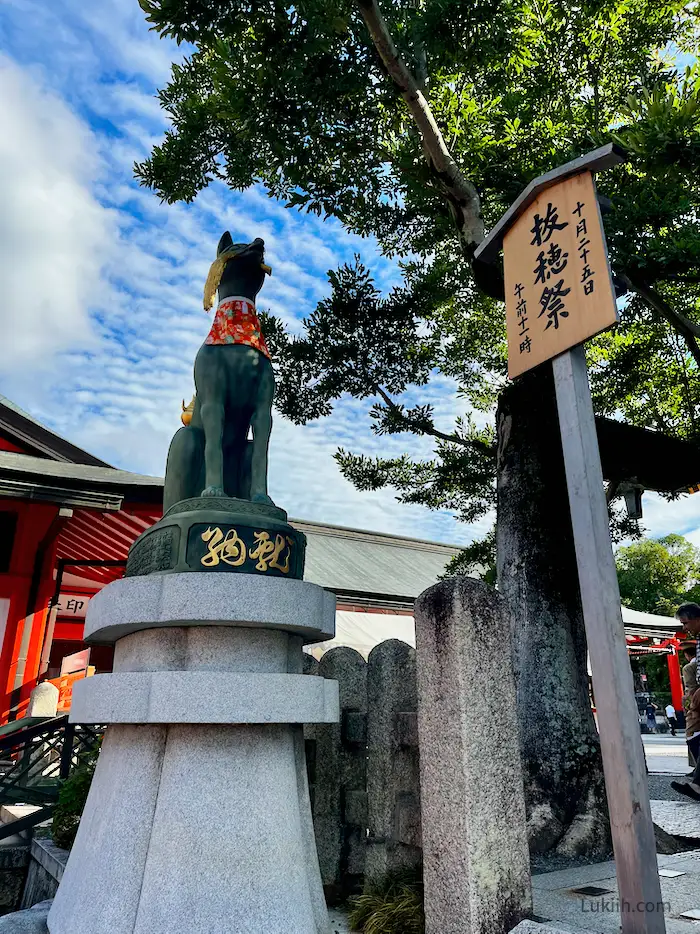
- Other places in Japan have a line of Torii gates, including Kyoto’s Motomachi Inari Shrine (over 100 gates), Osaka’s Nagata Shrine, and Kashima’s Yutoku Inari Shrine. Outside of Japan, Torii gates are sometimes found in Japanese gardens.
- After walking around for about an hour, the shrine can feel repetitive. As the Torii gates become less novel, it can start to feel like a well-paved hiking trail, making it less memorable over time.
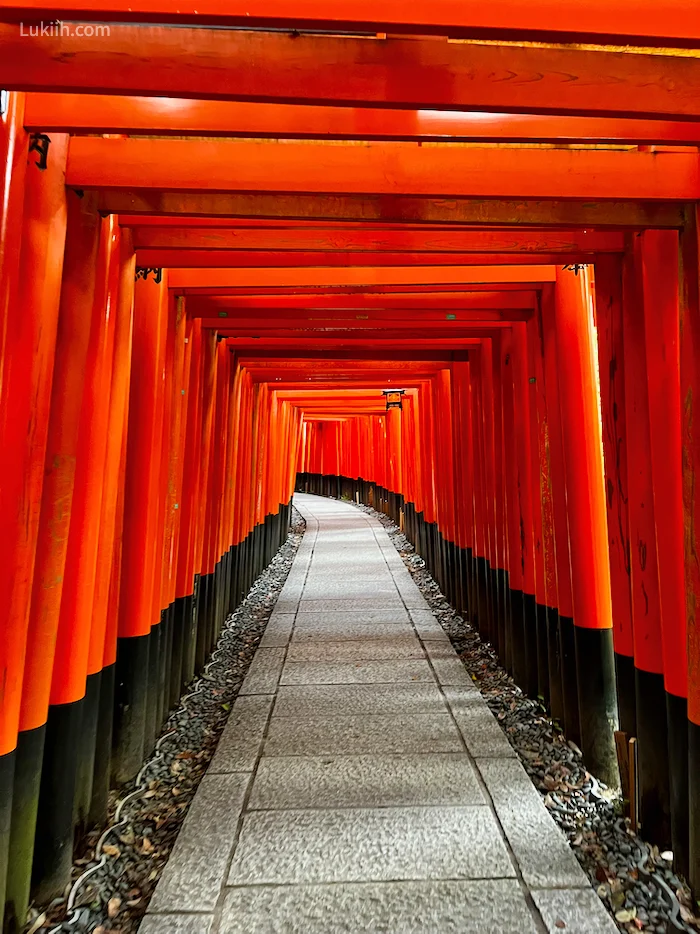
- The massive ground complex has several hiking trails, so there’s plenty to see. The shrine also has a dozen cats wandering around.
- It feels rewarding to spend over an hour climbing all the stairs. The higher you go, the better the views are, and the less crowded and more tranquil it becomes.
- The shrine is one of Kyoto’s most popular tourist attractions, so it gets incredibly crowded, especially during the peak season.
- It can feel commercialized, as several shops sell touristy souvenirs at different points.
- There is no epic view or lookout at the peak of Mount Inari; instead, you’ll find more statues and shrines. This is a great place for self-reflection.
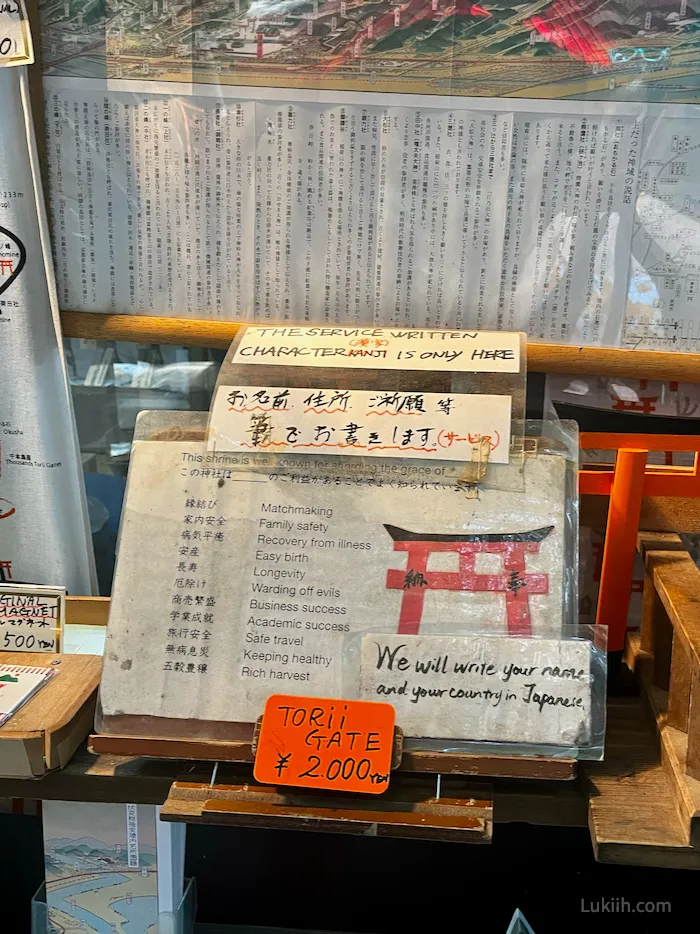
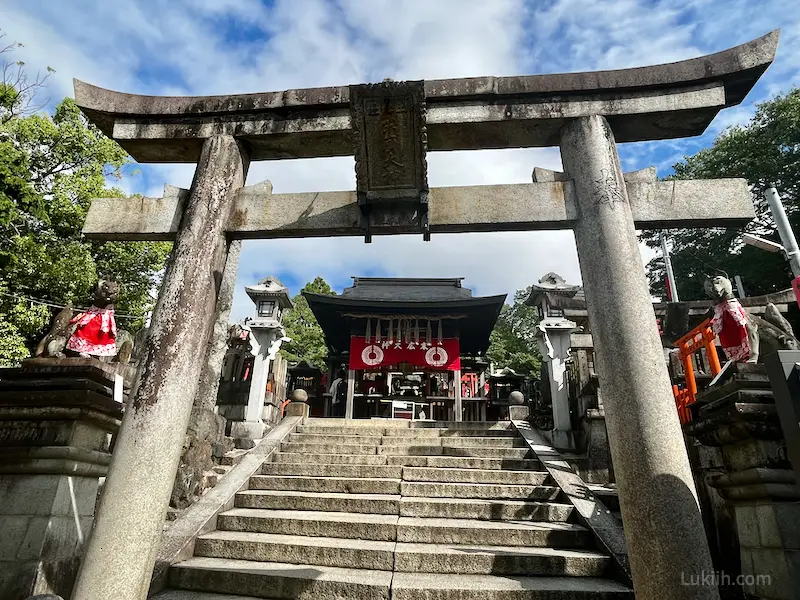
Fushimi Inari Taisha is free and open to the public. This is in line with Shinto’s belief that sacred places should be accessible.
If you prefer a hassle-free experience with less planning, consider visiting Fushimi Inari as part of a half-day Kyoto tour that covers many popular attractions.
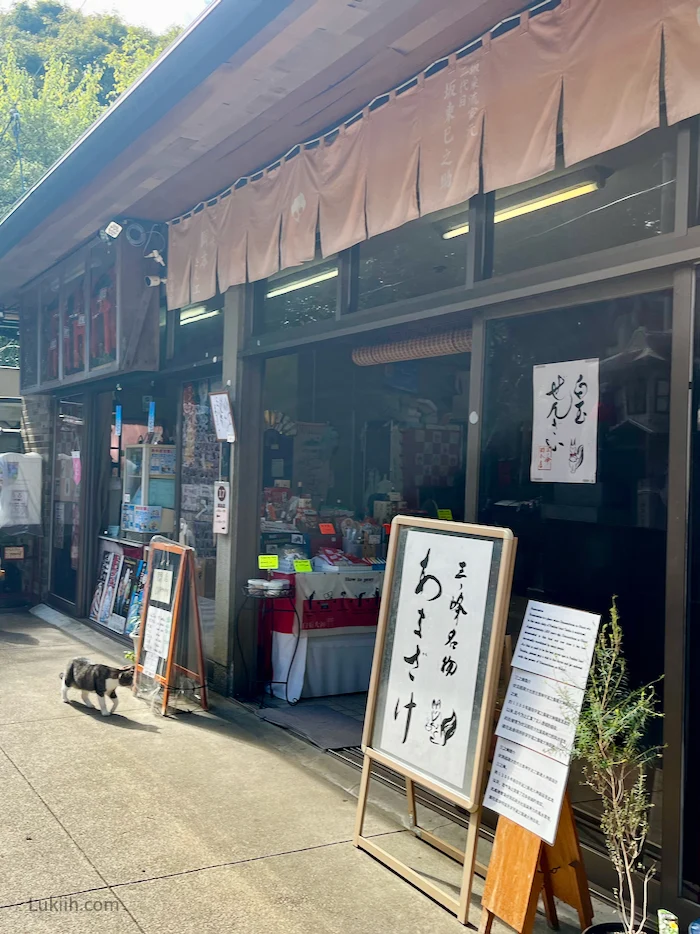
💰 My Japan Trip Cost: Budget Breakdown (2025)
- No special skills are needed. If you want to spend over an hour walking up the endless stairs, prepare for a small endurance workout.
- Fushimi Inari is in the southern ward of Kyoto and is easily accessible by train. Inari Station is a 6-minute ride from Kyoto Station, and the shrine’s entrance is a 1-2 minute walk from the station’s exit.
- There’s no entrance fee, so you don’t need advanced reservations unless you want to book a tour. Bring cash if you plan to buy a souvenir or get a drink from a vending machine. Wear breathable clothes and comfortable shoes for the hiking trails.
Firsthand Tips
Interested in visiting Fushimi Inari Shrine after reading my review? Below are practical firsthand tips.
- Show up early if you want to beat the crowd – During peak season, early is 6 am. During the low season, early is closer to 8 am. I visited in September and got there at 8:15 am.
Learn what it’s like to visit Japan in September.
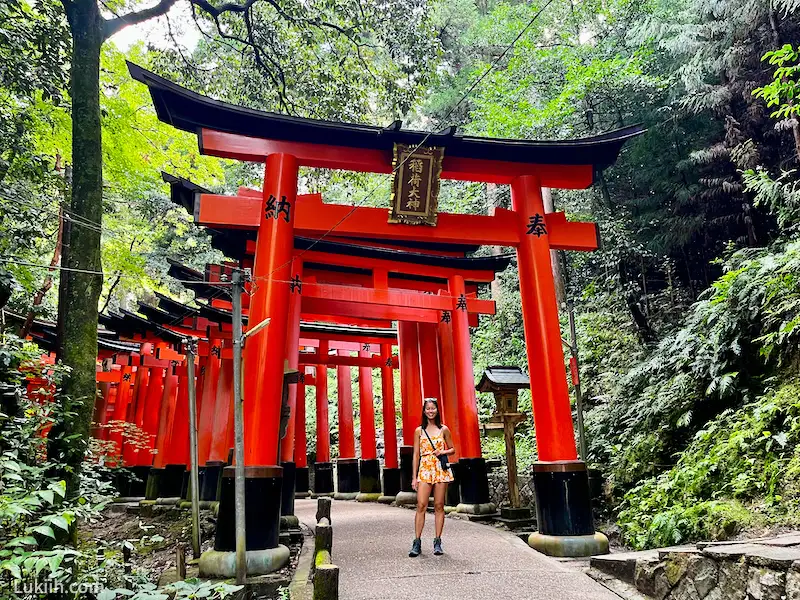
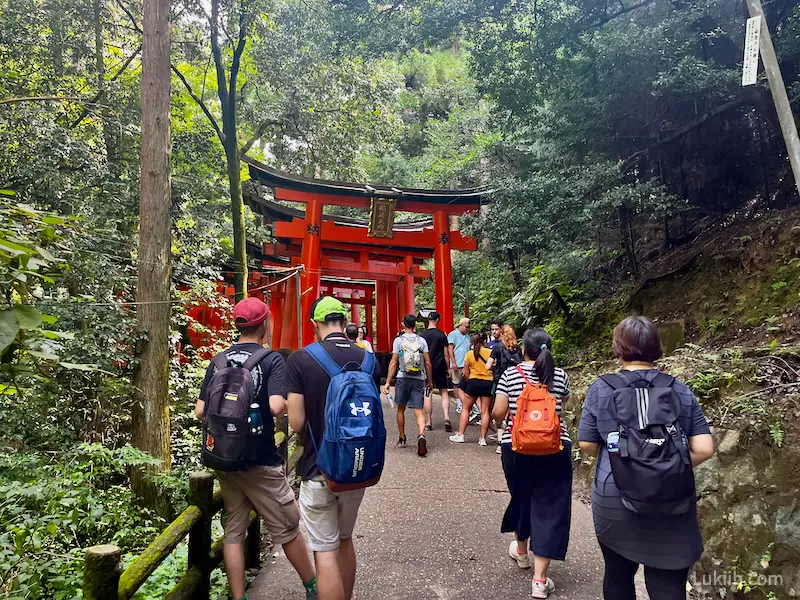
- Walk about 20 minutes for the first viewpoint – You’ll be surrounded mainly by forest otherwise.
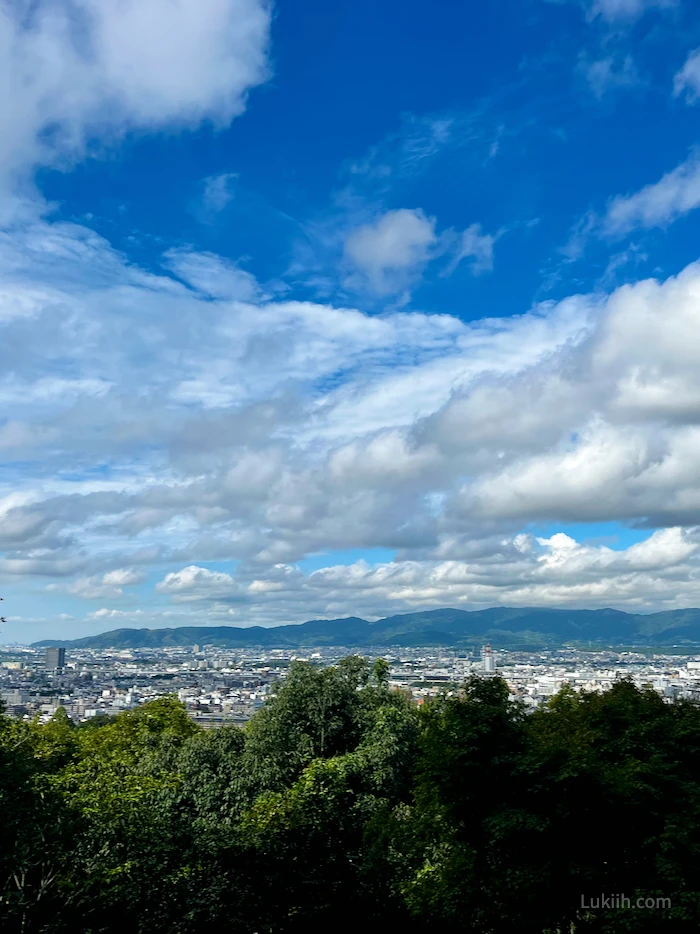
- The stairs aren’t steep – The stairs to the peak are not usually steep, but they are endless in some parts. You will break a sweat if you don’t stop and rest.
- Bathrooms are closer to the entrance – You’ll find multiple bathrooms closer to the entrance. Once you go up higher, you won’t see them anymore.
- Carry cash for vending machines and souvenir shops – They are all cash-only.
- The shrine has off-the-beaten-path trails – Fushimi Inari has less-traveled trails for those who are more adventurous. You’ll recognize them when the path is no longer paved (I hear one leads to a small waterfall).
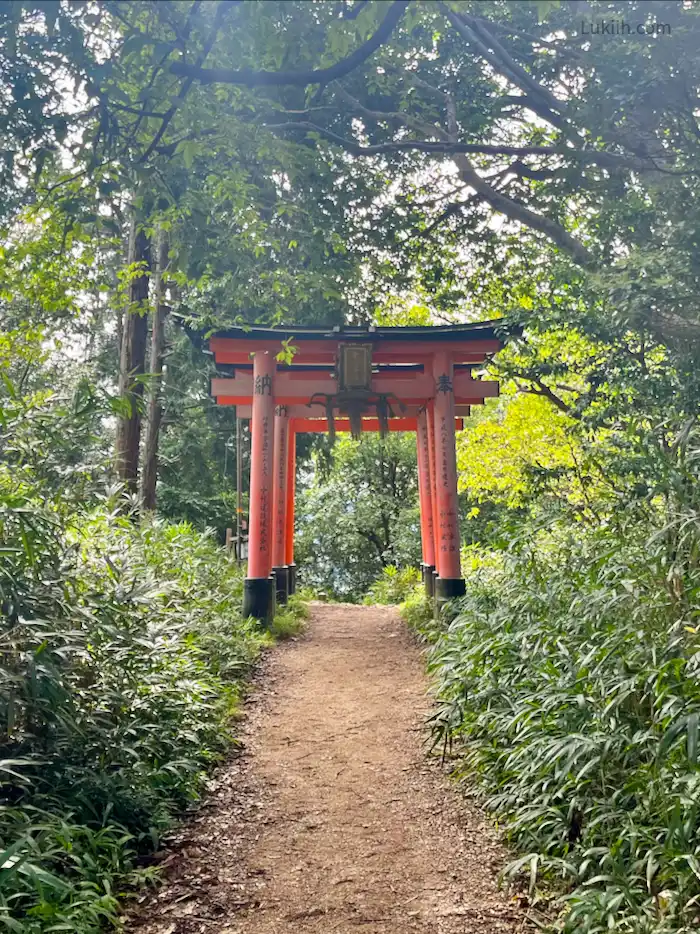
- Visiting at night can be spooky – You also need to watch out for wild boars.
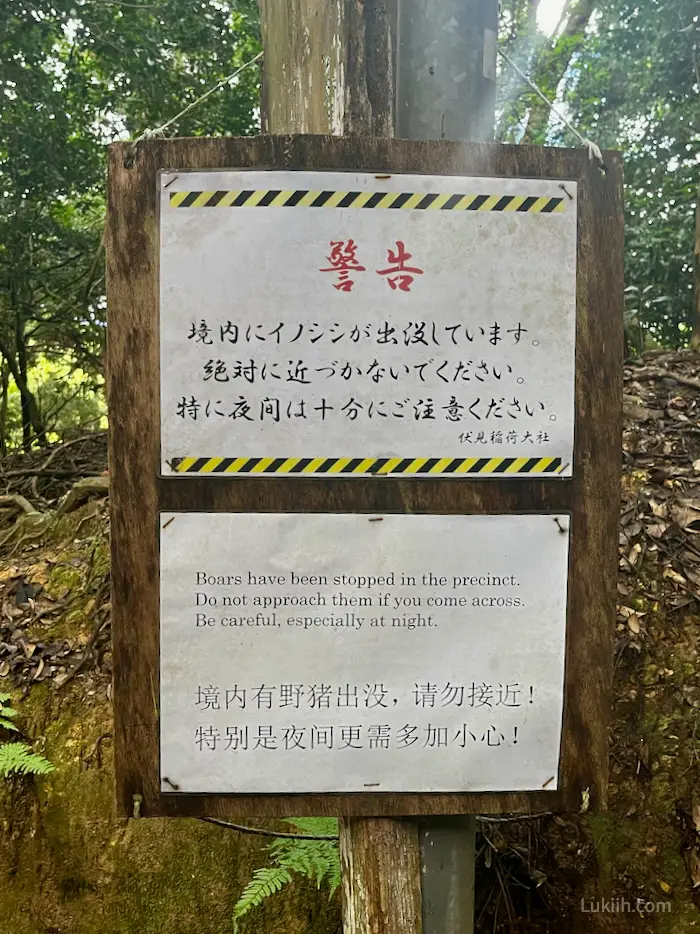
Japan Trip Planner 2025
Make planning easier with my flexible, research-backed travel planner—shaped by real experience. It has:
- Up-to-date travel info
- A well-curated itinerary
- Practical, firsthand insights & tips
- A simple budget tracker
- A starter packing list
- Fully customizable sections
Built in Notion, this is the tool I personally use to plan every trip. I genuinely love it and creating a Notion account is free.
Lists by Lukiih is a small site I fund myself. Downloading my trip planner is the best way to support me and keep it running—thanks!

Japan Travel Guides
- 🇯🇵 Planning a Trip to Japan: 12 Practical Things To Know
- ⛩️ 10 Epic Days in Japan: A Unique & Active Itinerary
- 💰 My Japan Trip Cost: Budget Breakdown (2025)
- 🌋 Hiking Mt. Fuji: Honest Review & Tips
- 🚲 Cycling Shimanami Kaido: Honest Review & Tips
- ⛩️ Fushimi Inari Taisha: Honest Review & Tips
- 🙅🏻♀️ Etiquette in Japan: 13 Things Tourists Should Not Do
- ☀️ Visiting Japan in September: Tips & What To Know
- ❄️ Visiting Japan in December: Tips & What To Know
